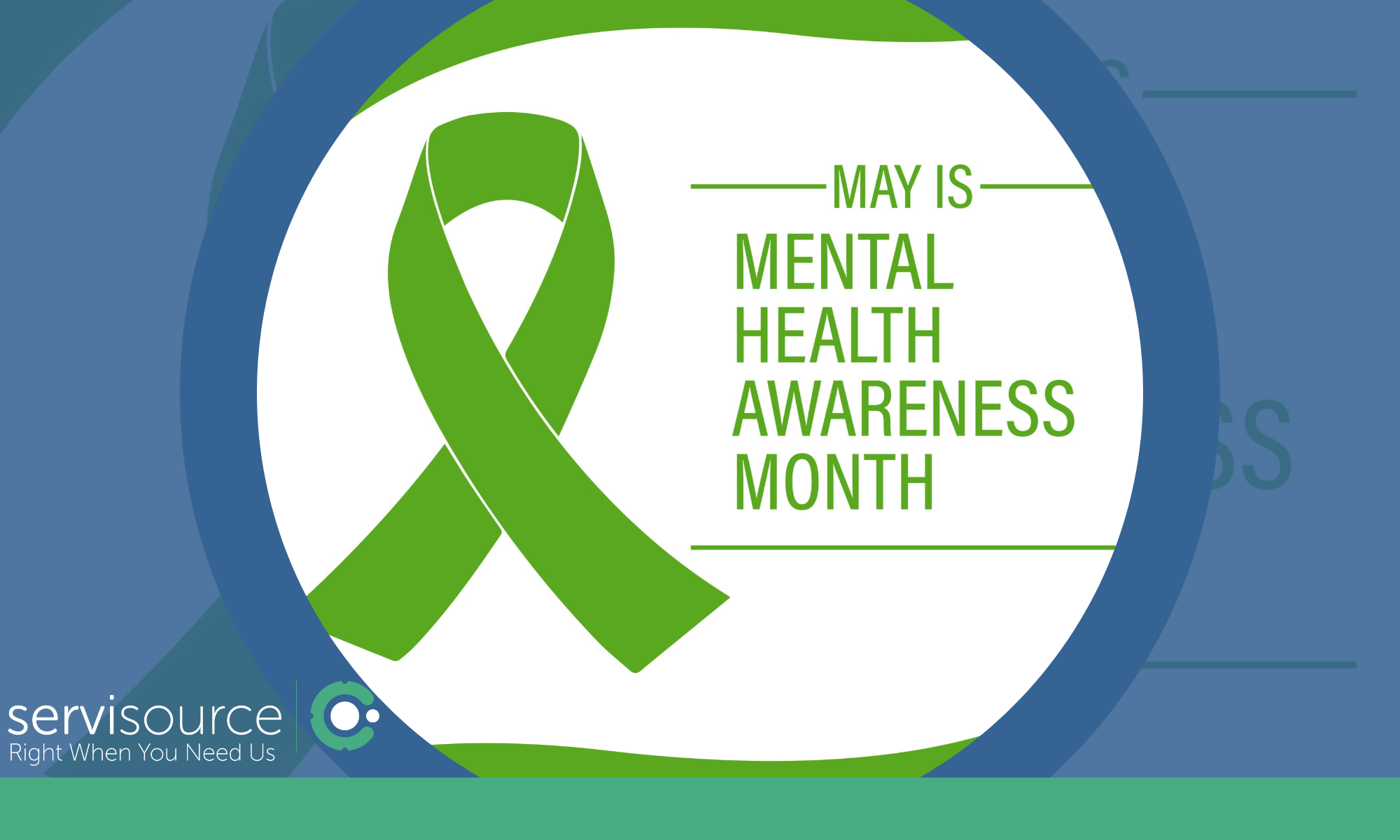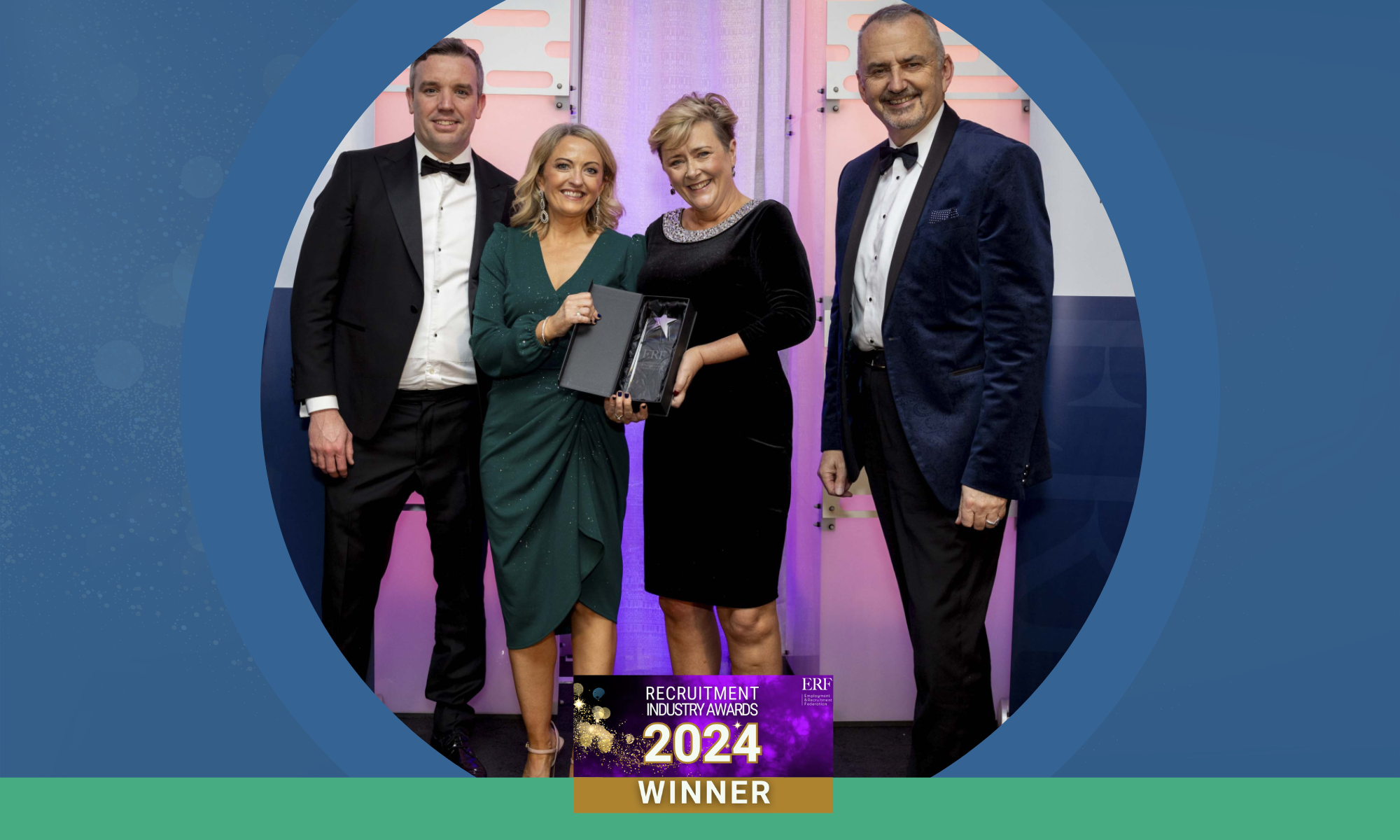A Guide for Teachers and Educators for Sign Language Interpretation in Education
Sign language is a visual language that uses hand gestures, facial expressions, and body language to communicate. Educators and teachers have recognised the importance of learning it as a means to improve communication with students who are hard of hearing or deaf. They know the importance of accurately interpreting students’ needs during class instruction. We have created a guide for teachers and educators for sign language interpretation in education which will be helpful whether you are already familiar with it or completely new to it.
By implementing this interpretation into classrooms for deaf students, they can have a better understanding of their students’ unique abilities as well as ensure that they all get equal access to an education.
Did you know?
It is estimated that 5,000 people communicate in Irish Sign Language (ISL) as their primary language.

Stage 1: Learn the basics
Understanding the basics of sign language goes a long way in creating an inclusive and accommodating learning environment for students who may be deaf or hard of hearing. Taking the time to familiarise oneself with the basics of its vocabulary, grammar and syntax, can make a significant impact on the educational journey of a student. Some basic signs include the alphabet, numbers, and common phrases such as “hello” and “goodbye.” By learning these simple gestures, educators can ensure that they are better equipped to communicate with their students, making sure that every student can learn to thrive.
Stage 2: Understand the community
It is vital to understand how to communicate effectively with deaf students and to immerse yourself in their culture. Learning how to sign means embracing the unique identity and experiences of the deaf community. Studying the history, beliefs, and values of the deaf culture is a crucial aspect of interpreting it effectively in education. As an educator, it is your responsibility to provide a safe and inclusive learning environment for all students, regardless of their hearing ability.
Stage 3: Assess individual needs
One of the most important responsibilities is to ensure that every student is given an equal opportunity to learn. This is especially true when it comes to students who are deaf or hard of hearing. That’s why it’s crucial to understand the specifics behind sign language interpretation in education, and how to assess individual needs. From ensuring that all learning materials are presented in a way that is accessible, to providing appropriate classroom support such as note takers in the classroom.
Stage 4: Correct set-up
As we become more aware of the diversity in our classrooms, it is important for educators and teachers to have the knowledge and resources available to effectively communicate with all students. Establishing a correct set up in a classroom setting is important to ensure equal access to education for students with hearing impairments. Education environments should have a qualified interpreter as well as the correct lighting and positioning for optimal communication and should keep the classroom door closed to keep noise out, which can otherwise be distracting.
Stage 5: Pace and clarity
To ensure effective interpretation in education, it is good to consider the pace and clarity with which the information is being conveyed. Speak clearly, using appropriate facial expressions, and avoid rushing through content to help to create an effective learning experience. Educators should understand the nuances and body language involved in this visual language and learn to acknowledge when students need them to slow down.
Stage 6: Visual supports
Visual supports are a vital tool to ensure the correct set up in a classroom setting. These visual aids can be effective in enhancing the learning experience of deaf or hard-of-hearing students, as well as facilitating communication between peers and teachers. Try to find captioned videos or interpreted options. From posters and charts outlining the basics to videos demonstrating proper technique, visual aids are a valuable resource for any educator.
Stage 7: Encourage interaction
Teachers can encourage interaction by creating group activities, asking open-ended questions, and promoting peer-to-peer learning. These strategies enable students to learn from each other and develop their communication skills, benefiting everyone in the classroom. Whether it’s through interactive games or group activities, interactive learning helps to ensure that all students, regardless of their hearing ability, can feel seen, heard and valued.
Stage 8: Seek continuous improvement
Seeking continuous improvement is crucial to making sign language accessible to every student who needs it. Whether it is through workshops, training sessions, or online resources, teachers need to be equipped with the correct knowledge and tools.
The Register for Irish Sign Language Interpreters supports professional Irish Sign Language interpreters to meet and maintain standards. It also promotes social inclusion of Irish Sign Language users by supporting the use of registered interpreters including access to public bodies. Through the commitment of educators to continuously improve their interpretation skills, it is a testament to their devotion to providing inclusive and meaningful learning environments for all of their students.

By following these guidelines, educators and teachers can break down barriers and create an inclusive environment for all students with hearing impairments. By taking small steps such as using visual aids, providing classroom accommodations and engaging in active listening, they can improve communication and ensure a safe space for deaf students.
Education is an ever-evolving process, therefore, it is up to the education systems to take the initiative and develop policies that allow for better accessibility for all learners. Through compassion and commitment, much progress can be accomplished in advancing overall learning outcomes.
At Servisource, our dedicated team supports your school’s needs. We place and match the most suitable Educational Support Workers (ESWs) to meet the needs of the students.
Contact Form
Contact Form










